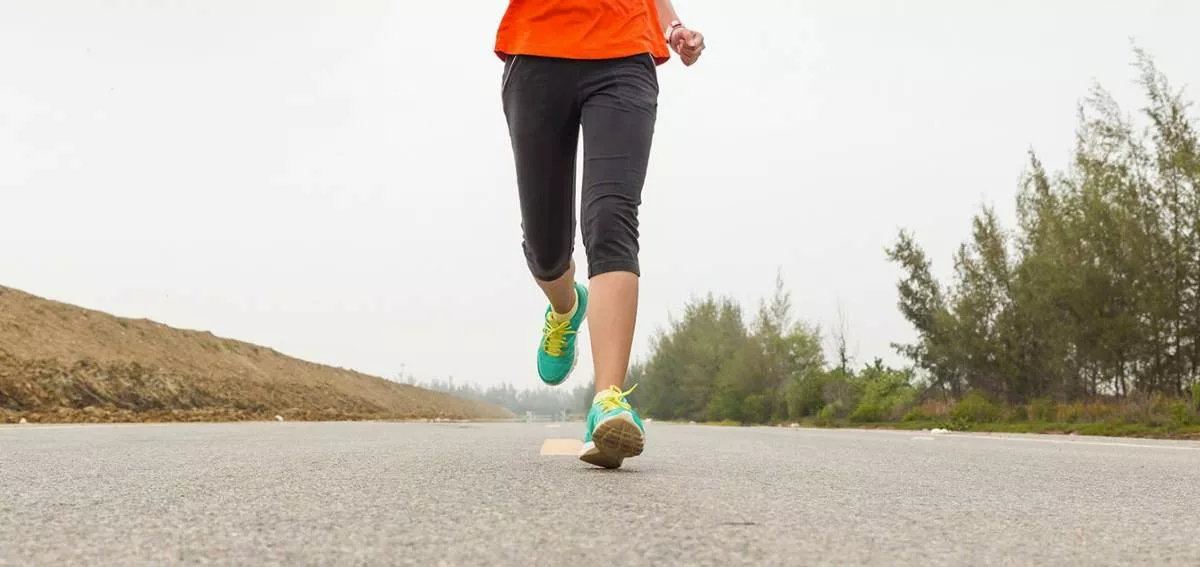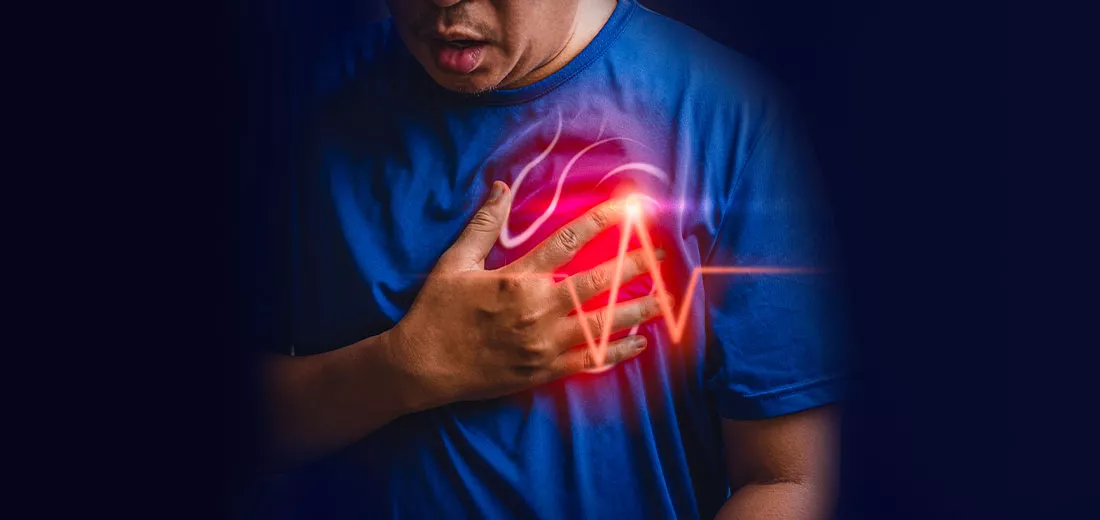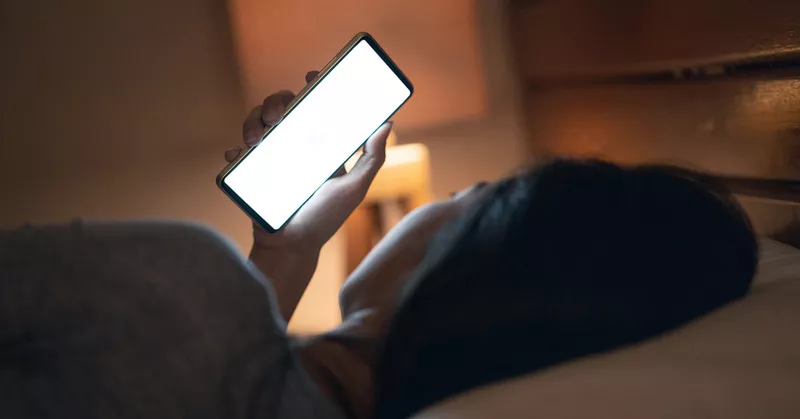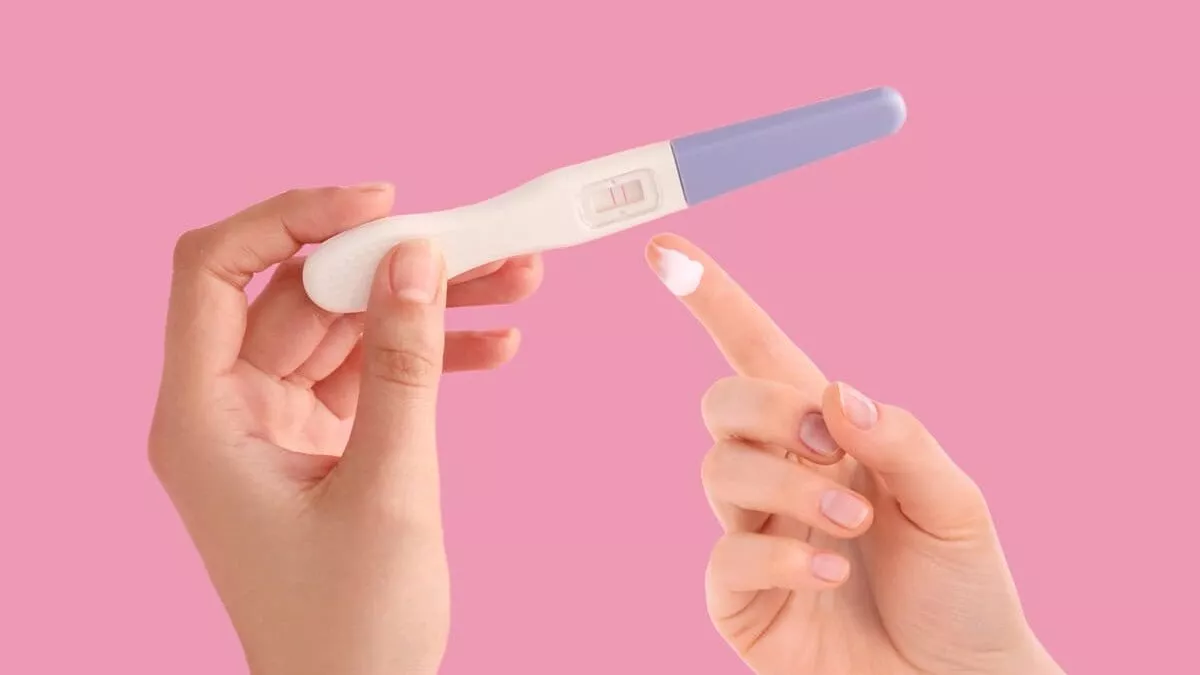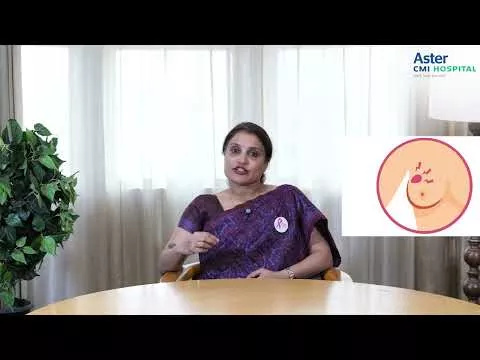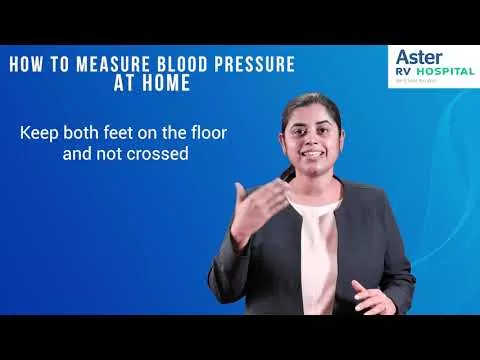One of the most common questions that is asked is how do we check our blood pressure at home, and what kind of instrument can be used? These are pretty much the most common questions that are asked. In this article we are going to tell you how to monitor your blood pressure at home and what precautions you must take. In the video we also demonstrate how we take the readings along with step by step explanations.
One thing to understand is that digital monitors are definitely the way forward and in the video is an example of one. The demonstration in the video makes use of a branded digital monitor and there are a lot of digital monitors and brands available all over India. The most important thing for any digital monitor you buy is to always get it validated or calibrated in a hospital. You must check your pressures with your machine as well as the pressure in the hospital machine and ensure both are in sync.
Even if you see the difference in about two to three patients, there will be a fluctuation about 5 to 10 mm and this is normal. That is why you must always get the device calibrated before you take it home. Post that, whenever you check your BP at home, choosing the right seat is very important. The individual should be comfortable and should be seated in a relaxed spot, preferably at your dining table. This is because at a dining table you have a table, you have a chair, and you have a back rest.
Now that your seating spot has been decided, before you check your pressure, certain precautions have to be taken. The most important one would be to not have any food, snacks, or any meals for at least one hour before you check your pressures as this will alter your BP readings.
Along with that, you must avoid all forms of caffeine, alcohol and smoking for at least 30 minutes to one hour before you check your pressures. You must also avoid any kind of exercise before taking the reading as again, this will alter your pressure readings. If possible, try to have an empty bladder and empty bowels, and when taking the reading, be seated in a relaxed position.
Also remember to uncross your legs, keep your feet firmly on the ground and sit comfortably because if you do not, there will be fluctuations in the pressure readings. Keeping this in mind, sit in this position for at least for about five minutes until you're relaxed, and then extend and keep your arm on the table.
If you have a cloth or if you're wearing a full sleeve shirt, you can try to lift it up. But in case when you are lifting it up, you get wrinkles in this area, then change your clothes because wrinkles again will cause your pressures to have a false reading. Coming to the machine, the video portrays a BP arm cuff. Now, the most important thing in an arm cuff is that it is available in various sizes. There are those available for the pediatric age group which is a smaller size, or there are devices that can be very large.
So how can we tell which size cuff is the best? As displayed in the video, there is a black line that shows a range. It says a minimum as well as a maximum. So when you are tying this cuff, when you tie this cuff if it goes above the indicated line, across this minimum area, that means the cuff is very small. Whereas, if you tie the device and it comes below the line, that means it is very big. Checking this line is very important as the right fit of the device plays an important part in the reading.
Further, this arm cuff should at least cover two thirds of the arm and should be in the center, which is at least about an inch above your elbow joint. Also, there is an arrow mark present. This arrow mark points to the artery and should come to the center of the elbow.
Now, once you are done fixing this, you must check if there is one finger’s space. If that appears to be true it means that you have fixed the device correctly. However, say you have two fingers’ space, it means that the device is loose and you have to tighten it more.
Then you switch on the instrument and wait for the pressure readings to be displayed. In the device, we have two readings, a systolic as well as a diastolic reading. Most of the BP monitors also have a pulse recording included.
Is one recording enough?
So whenever doing a recording, especially a digital recording, you should make it a point to check the pressure once, wait for about five minutes and then check your pressure again. In case the variation is about 5 mm between the first and second reading it is okay, but if there is a severe variation of more than 10 mm, that means you have to check again. Thus, it is a good practice to take three recordings and then take an average of that, or even better, consider the second reading.
How often should you check your pressures?
This is another common question asked by people. The reading in the video results in the reading 99/67, which falls in the normal range.
As for the people who are 40 years of age with no irregularities, no stroke, a strong family history, and are leading an active lifestyle. Checking pressures once in a year or once in two years if fine. However, in a person who has been diagnosed with hypertension, their BP is quite high, and they have started with medications, or at least lifestyle modifications, checking the pressures at least once in three months, or once in six months is recommended.
The general rule that people can follow is:
- Individuals above 18 must check their blood pressure at least once a year.
- Individuals above 40 or anyone who's a diabetic probably should check blood pressure once in six months.
- In case a patient has been diagnosed to be a hypertensive and the patient is on medication, they simply should follow their doctor's advice because sometimes the doctors want them to have more frequent monitoring or sometimes if the blood pressure is well controlled, the frequency may be dropped.
So we believe that once a hypertensive has gone to a doctor and the doctor has evaluated the patient, it is best to follow a cardiologists order. Otherwise, if you're not a hypertensive above 40 or a diabetic, checking pressures once every six months is good. And those above 18 and not a diabetic could maybe have a reading done once a year.
Blood pressure is a very common problem and diagnosing it early prevents a lot of complications.
Another interesting point when we talk about hypertensive people, and especially when now everyone is at home, checking pressures 2-3 times a day has become quite common. People following this and not getting a reading near 120/80 three times are worried since it has been taught in schools that 120/80 is the normal pressure reading.
So what, according to you and according to the guidelines, is considered as normal blood pressure reading?
This is a confusing topic since every few years some international society will change their stance and say that this is the new normal blood pressure, and this qualifies as hypertension. Also, if you look at the Indian Society of Hypertension, the European Society of Cardiology, or the American Heart Association, all of them will recommend different levels of blood pressure as normal and different levels of blood pressure as hypertension.
Despite all this confusion, it is safe to say that the normal blood pressure is 120/80. As for hypertension, we can consider 140/90 and above as the range. So in between 120/80 and 140/90, it can be classified as slightly higher blood pressure, prehypertension, or borderline blood pressure and those are the patients who need to be careful.
But I think treatment, whether it be in the form of drugs or more intensive lifestyle monitoring, the management has to probably start once the readings are 140/90. And also a single reading can never label a person as a hypertensive. There has to be another reading for re-validation. So today, if somebody has a blood pressure of 140/90, probably within the next one to two months, a few more readings have to be taken and to confirm whether the pressure is in fact high.
Supposing somebody's pressure is very high, say 160/100 or 170/100, then we probably should not be waiting for two months. We should be getting it validated within the next one or two weeks, to see how accurate the reading is, and if it is indeed high and early treatment probably has to be started.
And so, blood pressure above 140/90 can be considered hypertension. If consistently High BP is formed, then treatment will become important.
So the main number to be on the lookout for is 140/90 and not 120/80. If pressure is 120/80 one need not worry, but if it turns out to be 140/90, then getting evaluated is necessary.

